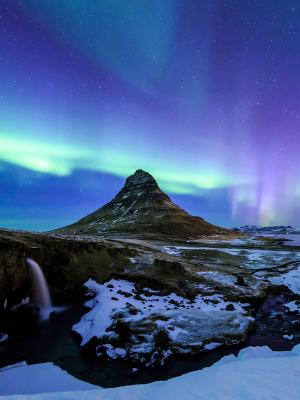
Iceland Destinations
Are you wondering what there is to see and do in Akureyri? Which waterfalls you can’t miss on a trip around the ring road? How many hot springs there are on the south coast? If so, we’ve got you covered. These informative articles have been designed to help you discover how to make your campervan trip to Iceland just that little bit more special. From Game of Thrones shooting locations across the country to details about driving the Golden Circle in your campervan, find some inspiration for your dream Icelandic adventure below.
Topics

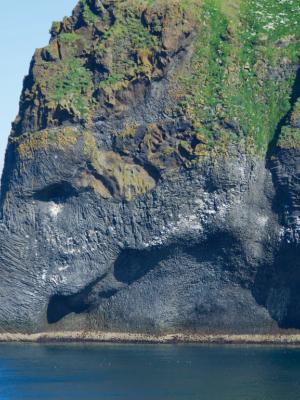
Elephant Rock: A Unique Natural Wonder in North Iceland
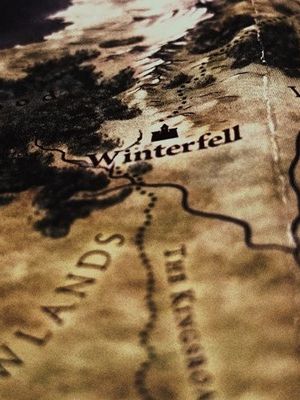
Game of Thrones in Iceland: Discover All The Filming Location
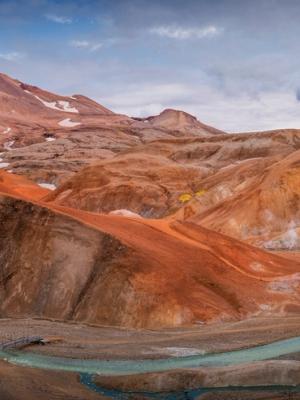
A Guide to Exploring Kerlingarfjöll in the Icelandic Highlands

Step into Viking Iceland: 9 Must-Visit Historical Landmarks
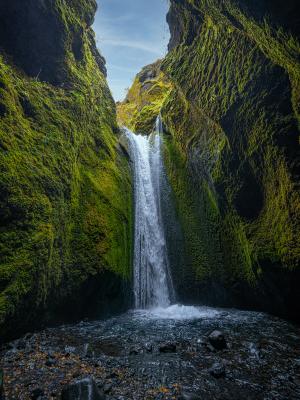
The Hidden Gem in South Iceland: Nauthúsagil Canyon
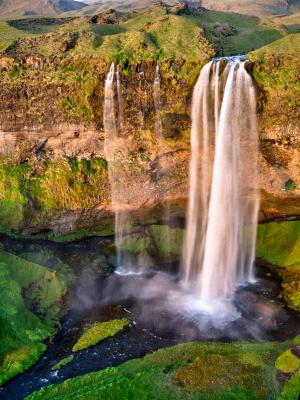
Top 10 Must-See Sights and Activities in South Iceland
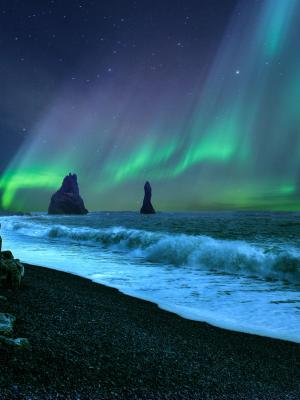
Top 10 Must-Visit Photography Spots in Iceland
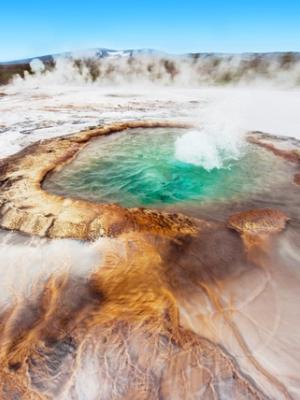
10 Essential Things to See and Do in North Iceland
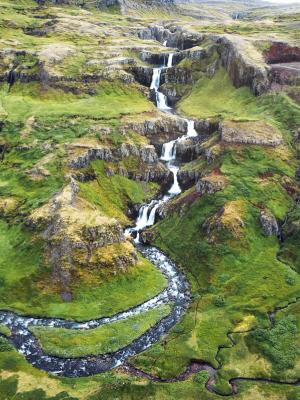
The Top 10 Hidden Gems in Iceland
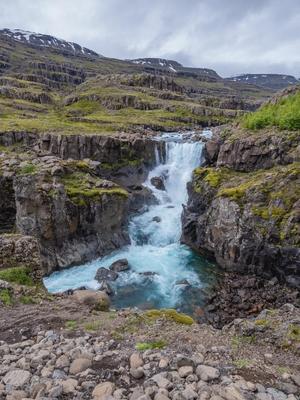
Top 10 Things to See and Do in East Iceland
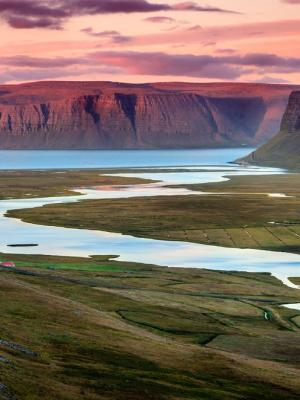
Top 10 Things to See and Do in the Westfjords
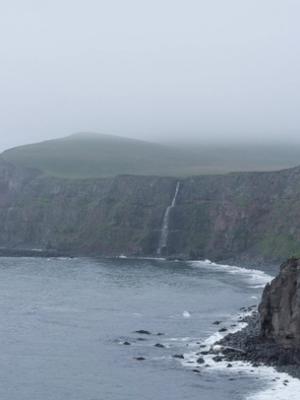
Journey Through the Langanes Peninsula: Iceland’s Hidden Wilderness
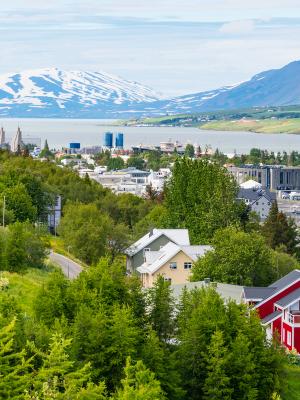
Exploring Akureyri: Top Sights, Activities, and Dining Spots

Pirates, Hiking, and Volcanoes: Exploring the Westman Islands
